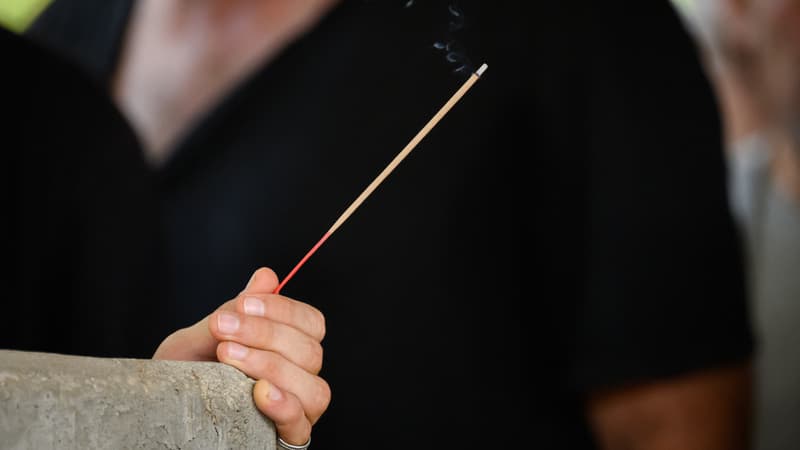Interior perfumes, in particular incense and, to a lesser extent, some deodorated aerosols can damage health for their emissions, warns 60 million consumers that are based on the tests published this Thursday, September 25 in their monthly to request reinforced regulations.
The magazine published by the National Institute of Consumption (INC) has tested 20 products that belong to five categories of interior perfumes: four incense to burn, four scented candles, four static diffusers, four electric diffusers and finally four deodorizing aerosols based on essential oils.
It has quantified its emissions of different pollutants, including several volatile organic compounds mainly three families (aldehydes, aromatic hydrocarbons, terpene) and, for incense and candles, combustion gases and microparticles.
60 million consumers evaluated the risks, referring to the reference values resulting from the recommendations of the National Security, Environment and Labing Agency (ANSE) and the Quality Observatory of the interior environments.
Concentrations “far beyond recommendations”
The incense is the most detrimental to health, concludes the magazine, given “the concentrations of microparticles and volatile organic compounds that emit”: for the formaldehyde, proven carcinogen, emissions vary from 42 to 102 micrograms per cubic meter in the four proven incense, beyond the recommendations of the ANSES. ” “.” “.” “.” “.” “.” “.” “.” “.” “.” “.” “.” “.” “.” “.” “.” “.” “.”
In terms of Aococatriz, the emissions of carcinogenic substances have been few very low concentrations for the four proven products, but two have high concentrations in the terpenes.
“Globally less problematic”, passive storage diffusers, electric diffusers and sails “are not completely harmless.”
The regular and prolonged use of interior perfumes should be avoided, especially for children, pregnant and asthmatic women, known as 60 million consumers who require an “obligation of a clear and legible labeling about health risks” of these products.
Several recommendations
The magazine also wants a strict regulation about the emissions of the incense and other interior shells with combustion, and specific regulations for solvents emitted by passive diffusers.
The accusations of the “disinfectant” or “purifying” type, especially for aerosols and diffusers that contain essential oils, must be better supervised, he says.
For combustion deodorants (scented candles, incense, etc.), show the precautions that will be taken in the packaging have been mandatory since May 2017, the Ministry of Health specifies on a sheet on the updated air quality updated in February.
The non -combustible deodorants (aerosol aerosols, diffusers, etc.), for which “there is no obligation today,” indicates that the ministry should be used with caution and when air “during and after use”, because they emit toxic compounds that include formaldehyde.
Source: BFM TV


